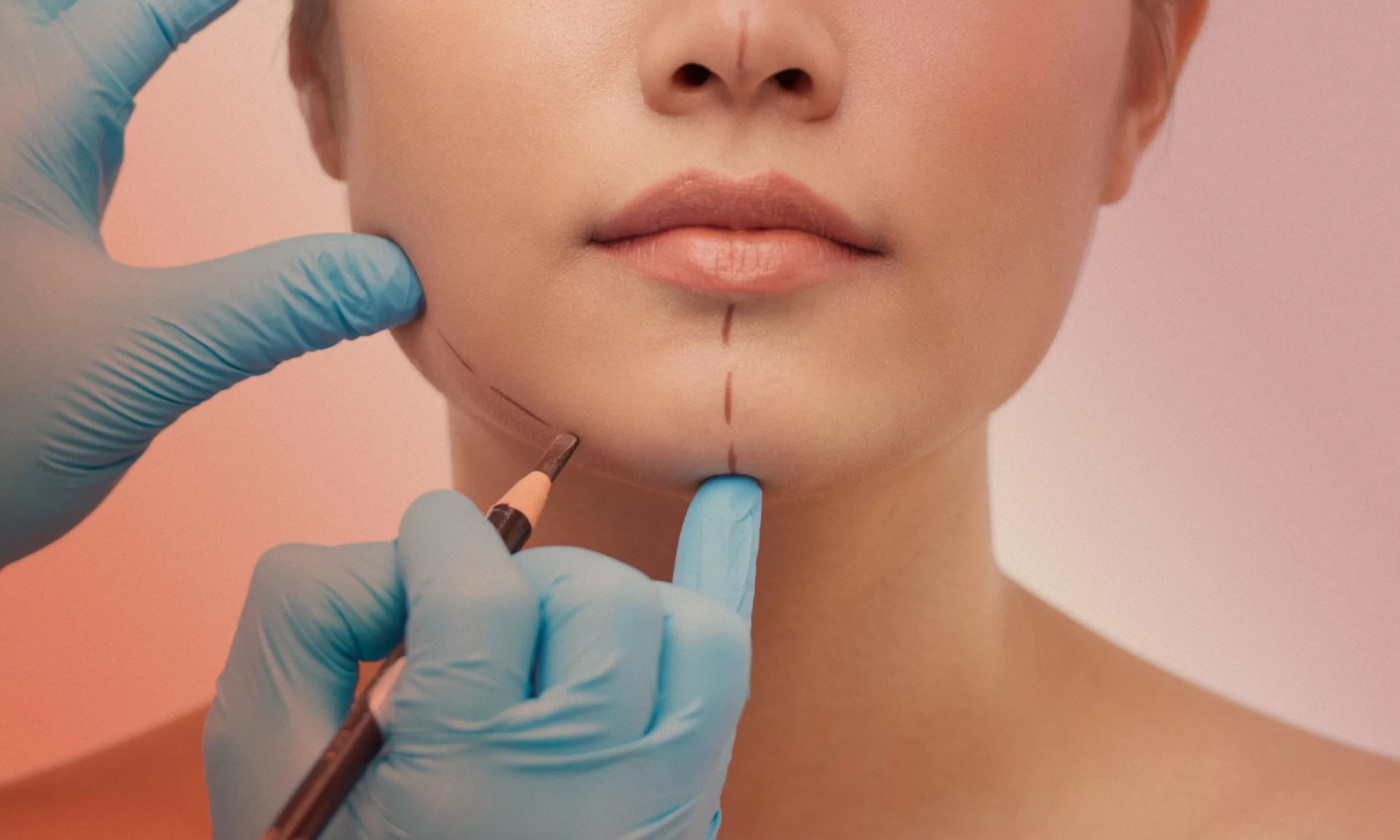By Sophie Aubakirova, Year 12
In a society that claims one should “love oneself”, we sure like to go back on our words. With the rise of influential celebrities such as the Kardashians getting more and more procedures done, plastic surgery has slowly become a cornerstone of elite society.
Aesthetic surgery initially started off as reconstructive surgery with records of cosmetic repairs for broken noses dating back to about 2500 B.C.. In 800 B.C., rudimentary reconstructive techniques such as using skin grafts from the forehead to reconstruct disfigured noses were used in India. Ancient Egyptians and Romans also performed similar operations to restore defects in the ears and lips.
During the Middle Ages, Europe was medically far behind. The spread of Christianity and censorship of science and secular literature lamed the progress of cosmetic surgery. Minor advances, such as cheiloplasty (cleft lip and palate repair) were made in the 10th century. The Middle Eastern world was far ahead: an Ottoman text, Imperial Surgery, was written by surgeon Şerafeddin Sabuncuoğlu in the 15th century. Imperial Surgery includes 191 surgical topics, including hydrocephalic drainage techniques, the axial traction technique during spinal surgery and, notably, gynecomastia (removal of breast tissue). His writing on gynecomastia is regarded as the foundation for the modern method of mammoplasty (surgical breast reduction).
The 17th and 18th century saw a lack of progress in the field of plastic surgery. In the 20th century, as a result of the many great wars and conflicts, major advances were made in this field. The First World War led surgeons to fully realize the influence that one’s physical appearance could exert upon the degree of success and happiness experienced in one’s life, as many returning maimed soldiers had trouble reintegrating into society.
In the 1960s and 70s, silicone began to gain traction within the field of plastic surgery, becoming a staple of many procedures. At first, it was used to treat skin imperfections. Then, in 1962, Dr. Thomas Cronin created a new breast implant device made entirely out of silicone. Over the next decade, silicone implants were developed for use in just about every imaginable part of the face and body. In the 1980s, plastic surgeons and plastic surgery advocates made a big push to advertise cosmetic surgery. Growth continued through the 1990s and during the 2000s the practice exploded in popularity. Currently, the most significant trend in plastic surgery is a move toward non-invasive procedures, such as fillers, “facial balancing”, and other non-surgical treatments. According to the Aesthetic Society, cosmetic procedures increased by 55% in the USA in 2021 and 70% of top Hollywood stars have undergone some sort of cosmetic procedure.
The question is will plastic surgery ever stop growing? Recently, many pro natural beauty movements have emerged, strongly rooting against cosmetic enhancements of all kinds. But the need for wanting to look “perfect” and “selfie-ready” remains, and cosmetic surgery has never been more accessible. Time will tell whether the appeal of plastic surgery will maintain its momentum.



